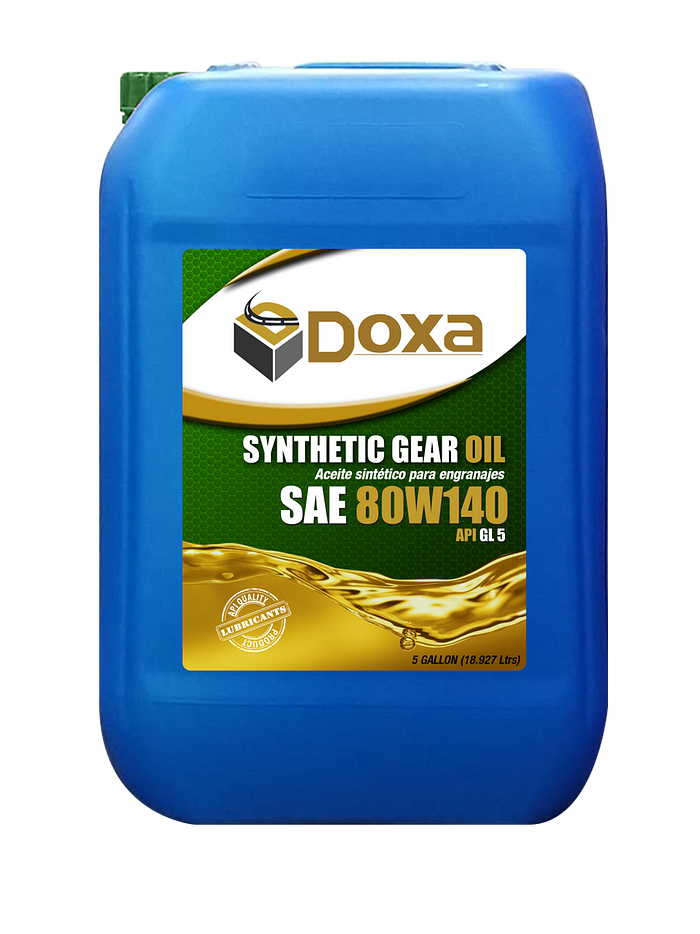What Is the Difference Between GL-4 and GL-5 Gear Oil?
If you’re looking for transmission or full synthetic gear oil, you might be asking what the terms GL-4 and GL-5 represent and what the distinctions are. It’s critical to choose the correct categorization because they have various features and incorrect use could cause catastrophic damage to your car.
Transmission and gear oil is divided into four categories. These various classes indicate the performance level of driven axles and manual gearboxes. They are mostly important in North America, Africa, and Asia for transportation. The following are the active classifications:
· GL-1
· GL-4
· GL-5
· MT-1

The GL-4 gear oil increases when the Extreme Pressure (EP) increases. It’s crucial to understand that the SAE Motor Oil Viscosity Chart (J300) is not the same as the SAE Gear Oil Chart (J306). The viscosity has no bearing on the API Gear Oil Classification and should be chosen based on the manufacturer’s recommendations for the temperatures you’ll be driving in.
The amount of EP additives in GL-4 and GL-5 gear oils is the key difference. As an EP-additive, sulfur/phosphorus-containing compounds are employed. This additive’s function is to prevent micro-welds on the gear flanks from forming at the local high temperatures that prevail in EP conditions (temperatures much in excess of 800°C!). When compared to GL-4, GL-5 has nearly twice the amount of EP additives, which is why it’s commonly utilized in high-pressure situations like a front axle and rear axle differential.
Sulphur/phosphorus additives, on the other hand, have a disadvantage: they can react strongly with bronze and copper. This can be terrible for a gearbox’s synchromesh rings. As a result, GL-5 should only be used in gearboxes if the manufacturer permits it.
Gear Oil Recommendations for Specific Applications
Gear oil requirements are based on the American Petroleum Institute’s (API) GL rating system. While a manual transmission does feature gears, it may also have synchronizers and other components. Gears and synchronizers appear to have opposing requirements. In general, the higher the GL grade, the better the protection against extreme pressure (EP). This is fantastic for hardened gear sets in terms of reliability and wear reduction, but it can be disastrous for synchronizers.
EP additives are frequently composed of a sulfur/phosphorus compound that sticks to metal surfaces due to polar attraction. Once these additives have been deposited on a metal surface, they just need to be exposed to heat and/or pressure (from a collapsing lubricant layer) to spring into action and begin working. This offers a tremendous lot of wear protection, as well as life and reliability, to a hardened gear set.
When these EP additions are applied to softer yellow metals, however, the results can be disastrous due to the manner by which they function. They stick together in the same way (metal-wetting polar attraction), and when heat and/or pressure are applied, the additives attack the softer yellow metals chemically. Synchronizers may be prematurely worn out as a result of this vigorous onslaught.
In comparison to their GL-5 equivalents, GL-4 goods typically use half the sulfur/phosphorus additives. This implies they offer less protection for the gear set while causing less harm to the synchronizers. When a GL-5 gear oil is used in a manual gearbox with synchronizers, the used oil analysis report will include two to four times the amount of copper found in a GL-4 gear oil. The synchronizers will eventually wear down to the point that they no longer make contact with the opposite half of the cone, bottoming out before the opposing gear can be stopped.
While an API GL-5 gear oil can be used where manual transmission fluid is suggested, there will be a cost. If these components are composed of softer material, you can expect good gear protection but a reduction in synchronizer life.
In general, you should follow the manufacturer’s instructions. Issues like the ones mentioned above are taken into account during the component design phase. Manufacturers often have all of the data necessary to make informed decisions, which they subsequently incorporate into their recommendations.
Buy Full Synthetic Gear Oil from DOXA
The synthetic gear oil from DOXA is a premium gear lubricant. It has been made from solvent-refined mineral base oils and sensibly chosen chemical additives. They provide good gear protection and can be utilized in a wide range of temperatures due to their strong shear stability. This full synthetic gear oil from DOXA also helps to prevent oil foaming, as well as gear wear and rust.
Doxa Synthetic Gear Oil is indicated for gears with hypoid service characteristics in passenger automobiles and other automotive-type equipment that operate at fast speeds with low torque and low temperatures. It has been designed for high-speed gears in automobiles. At low temperatures, it offers excellent lubrication without channeling. Offers superior resistance to rust, pitting, and corrosion. The oil is suitable for use in heavy-duty trucks and bus gears that operate at high temperatures. It provides excellent corrosion resistance.